Can Cats Eat Mango? A Safe Guide to Sharing Mango with Your Cat
- 20 Feb 2025 13:55
Mangoes are a delicious, tropical fruit that many people enjoy, but if you're a cat owner, you might wonder: can cats eat mango? The short answer is yes, cats can eat mango, but there are important factors to consider before offering it as a treat. While mangoes are not toxic to cats, they aren't a necessary or natural part of their diet. As obligate carnivores, cats primarily require animal-based proteins, so fruits like mango should only be offered occasionally and in moderation. Let’s dive into the benefits, risks, and guidelines for safely feeding mango to your cat.

The Nutritional Value of Mango for Cats
Mangoes are packed with vitamins and minerals that are beneficial for humans, but how do they impact your feline friend? Here's a breakdown of what mango offers:
Vitamins
Mangoes are rich in vitamin C, which supports the immune system, and vitamin A, which is good for skin, vision, and overall health. While cats don't need large amounts of these vitamins (since they get what they need from animal-based foods), offering small amounts of mango can still provide some nutritional value.Fiber
Mangoes contain a modest amount of fiber, which can be helpful for digestion. The fiber in mango can aid in regulating your cat's digestive system, although they primarily need protein to maintain good health.Antioxidants
Mangoes contain antioxidants, including beta-carotene, which can help protect the body from oxidative stress. Antioxidants support overall health and wellness, but cats typically get most of their antioxidants from meat-based foods.Natural Sugars
Mangoes contain natural sugars, which provide energy. However, since cats don't metabolize sugar the same way humans do, too much sugar can contribute to weight gain and other health issues like diabetes, especially for cats that are prone to obesity.
Risks of Feeding Mango to Cats
While mango is not toxic to cats, there are a few potential risks and considerations to keep in mind:
High Sugar Content
Mangoes are relatively high in sugar, which can be problematic for cats. Although sugar is not inherently harmful, cats have a limited ability to process it. Overfeeding mango can lead to weight gain and contribute to the development of conditions like diabetes, especially in sedentary or overweight cats.Choking Hazard
The pit or stone of the mango is large and hard, posing a choking hazard for cats. Never give your cat a whole mango or allow them to chew on the pit. The pit can also be difficult to digest and might cause digestive issues or blockages if ingested.Allergies or Sensitivities
Although rare, some cats may have allergies or sensitivities to certain fruits, including mangoes. If it’s the first time offering mango to your cat, start with a very small piece and observe them for any signs of allergic reactions, such as itching, swelling, vomiting, or diarrhea. If you notice any adverse reactions, discontinue feeding mango and consult your vet.Digestive Upset
Mangoes are rich in fiber, but too much fiber can cause digestive upset in some cats. Cats are obligate carnivores, and their digestive systems aren’t built to handle large amounts of plant-based foods. If your cat eats too much mango, they may experience diarrhea or stomach discomfort.
How to Safely Serve Mango to Your Cat
If you decide to offer mango to your cat, here’s how to do it safely:
Remove the Pit and Skin
The mango pit is a choking hazard and should never be given to your cat. Additionally, the skin of the mango can be difficult for cats to digest, so it’s best to remove it before offering the fruit. Only provide the soft, fleshy part of the mango.Cut the Mango into Small, Bite-Sized Pieces
Make sure to cut the mango into small, manageable pieces that your cat can easily chew and swallow. Avoid large chunks, as they may be difficult for your cat to eat and pose a choking risk.Start Small
Since mango is not a natural part of a cat's diet, it's important to start with a very small amount. If your cat enjoys it and doesn’t experience any negative reactions, you can offer mango as an occasional treat, but don’t make it a regular part of their diet.Observe for Reactions
After offering mango, keep an eye on your cat to make sure they don’t have any adverse reactions. Watch for signs of digestive upset, such as vomiting, diarrhea, or changes in their appetite. If any of these symptoms occur, stop feeding mango and consult your vet.
Alternatives to Mango for Cats
If you're looking for healthy, safe snacks for your cat, there are plenty of alternatives to mango that may be better suited for your feline friend. Here are some options:
Cat Grass – Many cats enjoy nibbling on cat grass, which is safe and can help with digestion and hairballs.
Cucumbers – Fresh, crunchy cucumber slices are low in calories and provide hydration, making them a healthy treat for your cat.
Carrots – Cats that enjoy crunching on veggies might like small, cut-up pieces of carrots. These are low in calories and rich in vitamins.
Pumpkin – Plain, cooked pumpkin (not the spiced pie filling) can be great for your cat’s digestion and is high in fiber.
Cooked Meat – Since cats are obligate carnivores, offering small pieces of cooked chicken, turkey, or beef can be a much more suitable snack for them.
Should You Use PettureX for Your Cat’s Health?
If you’re ever unsure about the safety of a new food or treat for your cat, PettureX can help. PettureX is a pet health assistant that offers 24-hour online consultations, providing pet owners with expert advice on diet, health concerns, and more. PettureX can be a helpful tool to ensure you're making the best choices for your cat’s nutrition and overall well-being.
Conclusion: Can Cats Eat Mango?
To sum up, cats can eat mango, but it should only be an occasional treat and not a regular part of their diet. Mangoes can offer some health benefits like hydration, fiber, and vitamins, but they’re also high in sugar, which can lead to health issues if fed in excess. Always remove the pit and skin, serve small pieces, and monitor your cat for any adverse reactions. Mango should never replace the essential animal-based protein that your cat needs for optimal health.
If you’re ever uncertain about whether a certain food is safe for your cat, or if you have concerns about their health, don’t hesitate to use tools like PettureX to get professional advice. By offering mango as a rare treat and focusing on a balanced, meat-based diet, you can keep your cat healthy and happy.
Related

Frankly Dangerous: Can Cats Eat Hot Dogs? Vet Explains the Serious Risks
- 16 Apr 2025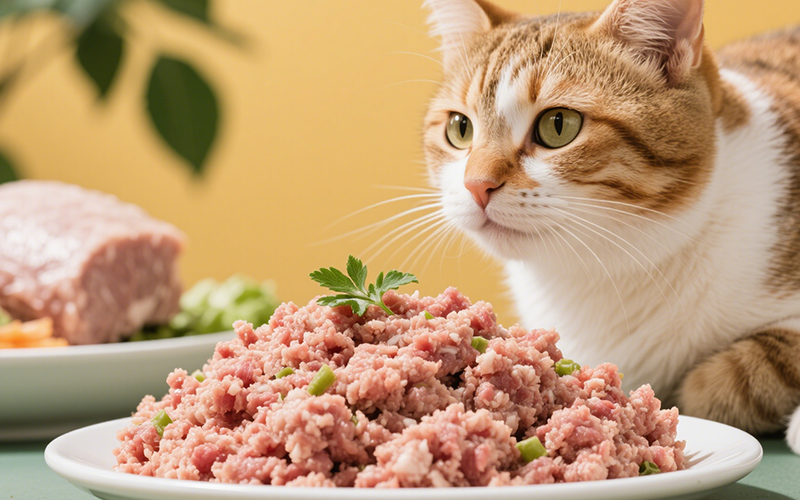
A Purrfect Protein? Can Cats Eat Ground Turkey Safely? (Vet-Reviewed Guide)
- 16 Apr 2025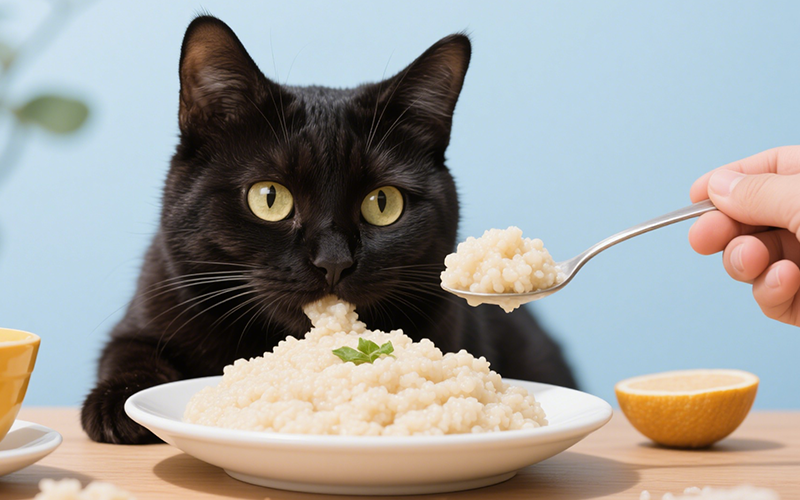
Gritty Situation: Can Cats Eat Grits Safely? Vet Explains the Risks
- 16 Apr 2025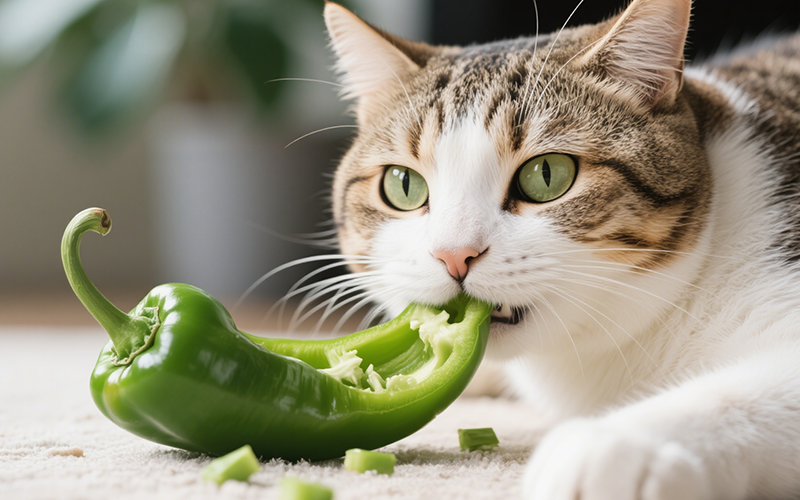
Crunchy Query: Can Cats Eat Green Peppers? A Vet-Reviewed Safety Analysis
- 16 Apr 2025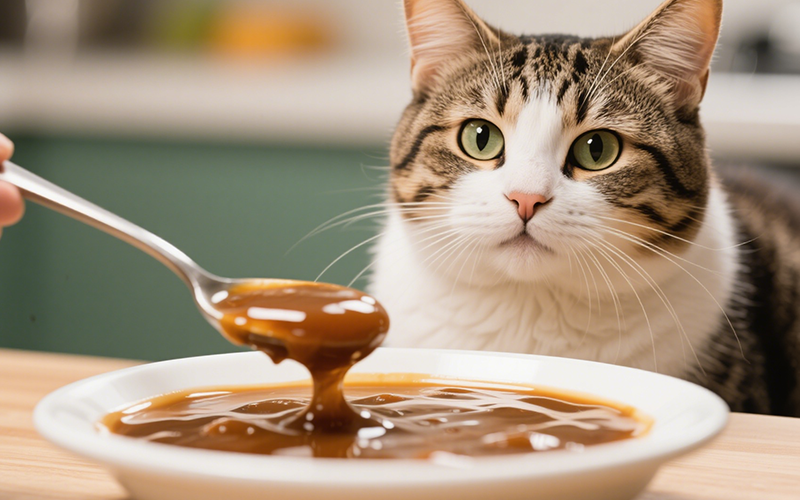
Gravy Danger Zone: Can Cats Eat Gravy Safely? (Vet-Reviewed Warning)
- 16 Apr 2025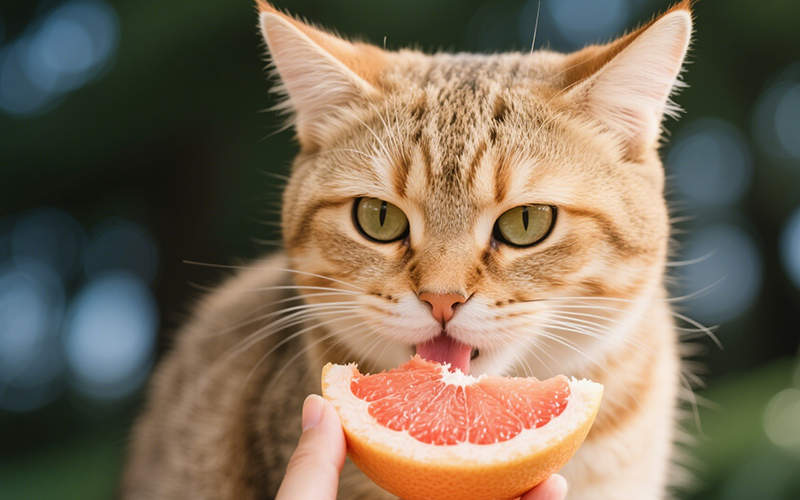
Toxic Temptation: Can Cats Eat Grapefruit? Vet Explains the Dangers
- 16 Apr 2025
Emergency Meal or Major Mistake? Can Cats Eat Dog Food For A Couple Days? (Vet Guide)
- 16 Apr 2025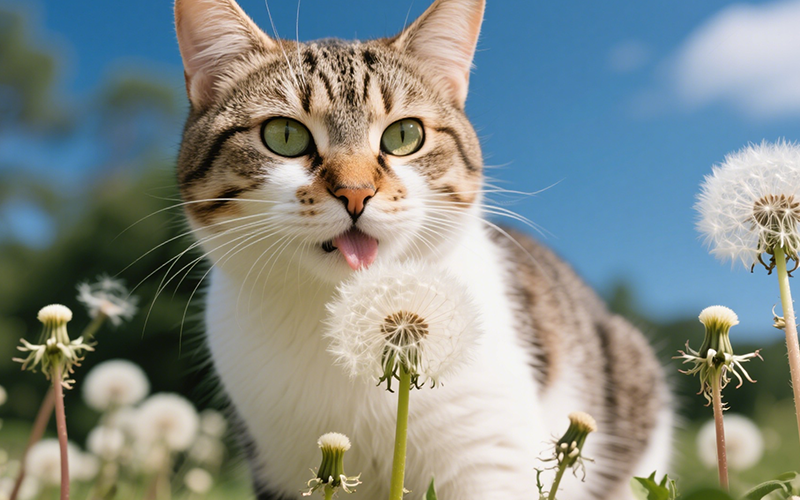
Dandelions & Felines: Can Cats Eat These Common Weeds Safely? Vet Explains
- 16 Apr 2025
Flaky Danger: Can Cats Eat Croissants Safely? Vet Explains the Buttery Risks
- 16 Apr 2025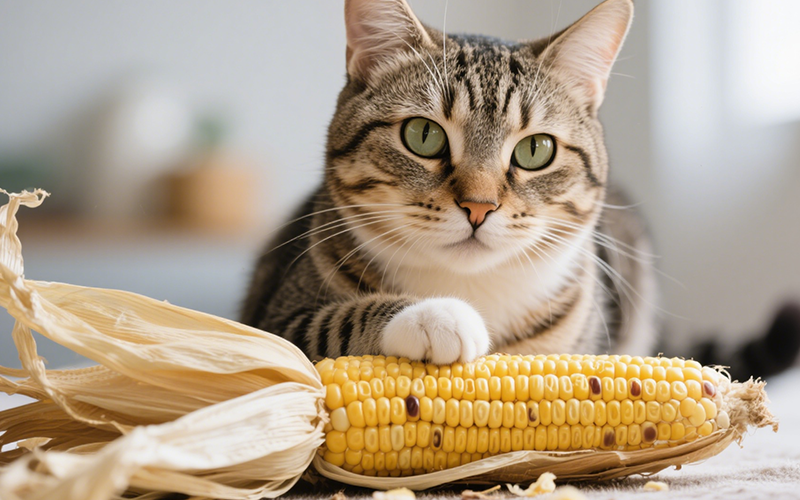
Hazard Alert: Can Cats Eat Corn Husks? Vet Explains Dangers of This Fibrous Material
- 16 Apr 2025
